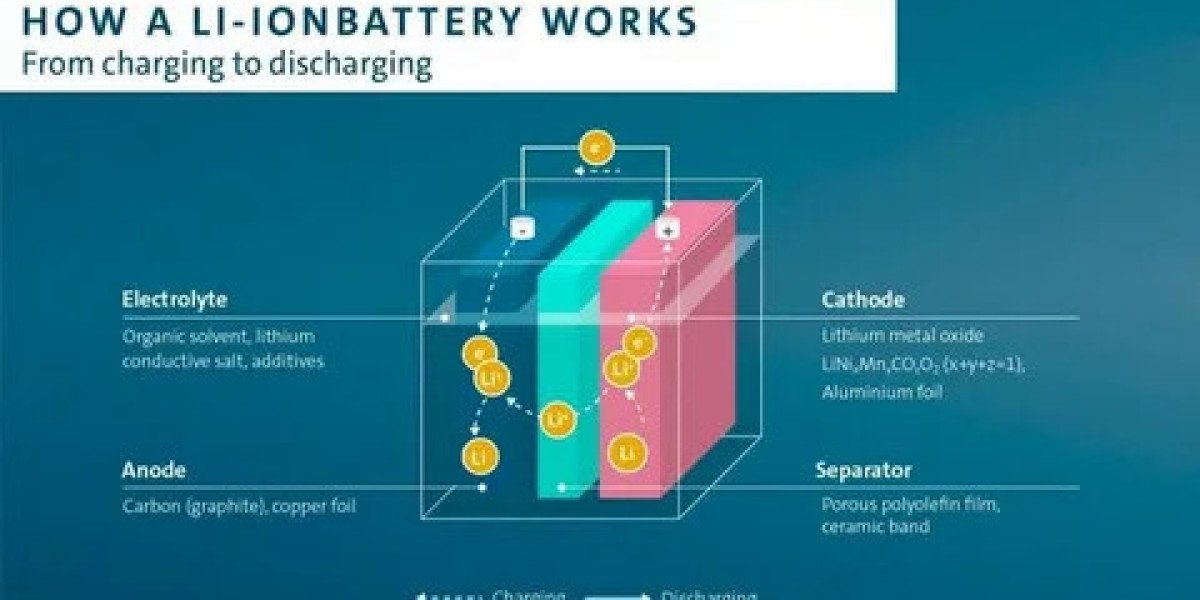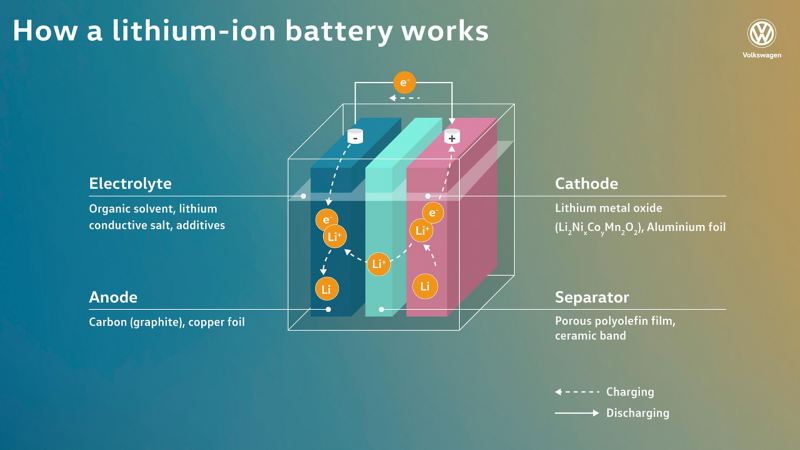In the realm of modern energy storage, lithium battery has emerged as a dominant force, powering everything from our smartphones and laptops to electric vehicles and renewable energy storage systems. But what exactly is a lithium battery, and why has it become so integral to our daily lives?
Lithium Battery Definition and Basics
A lithium battery is a rechargeable energy storage device that harnesses the movement of lithium ions to generate electrical power. At its core, it consists of four main components: an anode, a cathode, an electrolyte, and a separator. The anode is typically made of graphite or a similar material, while the cathode is composed of various lithium - containing compounds such as lithium cobalt oxide, lithium iron phosphate, or lithium manganese oxide. The electrolyte, which can be a liquid or a solid, allows the lithium ions to move between the anode and the cathode. The separator prevents direct contact between the anode and the cathode, thus preventing short - circuits.
How It Works
During the discharge process, lithium ions move from the anode through the electrolyte to the cathode. As the lithium ions move, they release electrons at the anode. These electrons flow through an external circuit, creating an electric current that can power our devices. When it's time to recharge the battery, an external power source forces the lithium ions to move back from the cathode to the anode, reversing the process. This reversible electrochemical reaction is what enables LIFMOCER lithium battery to be used over and over again.
Types of Lithium Batteries
- Lithium - Ion (Li - Ion) Batteries: These are the most common type of lithium batteries and are widely used in consumer electronics like smartphones, laptops, and tablets. They offer a high energy density, which means they can store a large amount of energy in a relatively small and lightweight package. This makes them ideal for portable devices where size and weight are crucial factors.
- Lithium Iron Phosphate (LiFePO₄) Batteries: Known for their excellent thermal stability and long cycle life, LiFePO₄ batteries are often used in applications where safety and durability are paramount. They are commonly found in electric vehicles, solar energy storage systems, and some industrial applications.
- Lithium Polymer (Li - Po) Batteries: These batteries use a gel - like or polymer - based electrolyte instead of a liquid one. This allows for more flexible and lightweight designs, making them popular in devices such as drones, wearable electronics, and some compact electronic gadgets.
Advantages of Lithium Ion Battery
- High Energy Density: LIFMOCER Lithium batteries can store a significant amount of energy per unit mass or volume compared to other battery technologies like lead - acid or nickel - cadmium batteries. This high energy density enables longer - lasting power for our devices without adding excessive weight or size.
- Long Lifespan: Many lithium ion batteries can go through hundreds or even thousands of charge - discharge cycles before their performance starts to degrade significantly. This makes them a cost - effective choice in the long run, as they don't need to be replaced as frequently as some other types of batteries.
- Low Self - Discharge Rate: Lithium batteries have a relatively low self - discharge rate, which means they can hold their charge for a long time when not in use. This is especially useful for devices that are not used frequently, such as emergency backup power supplies or certain types of medical devices.
- Fast Charging Capability: Some lithium ion batteries are designed to support fast charging, allowing users to quickly recharge their devices and get back to using them. This is a significant advantage in today's fast - paced world where time is of the essence.









